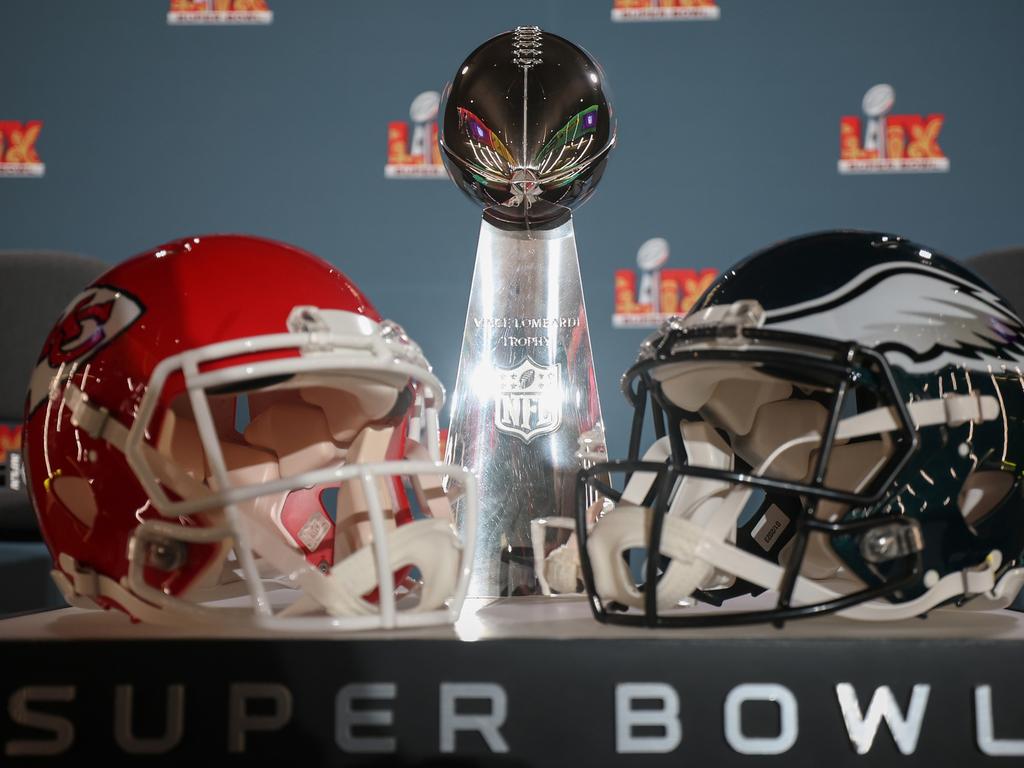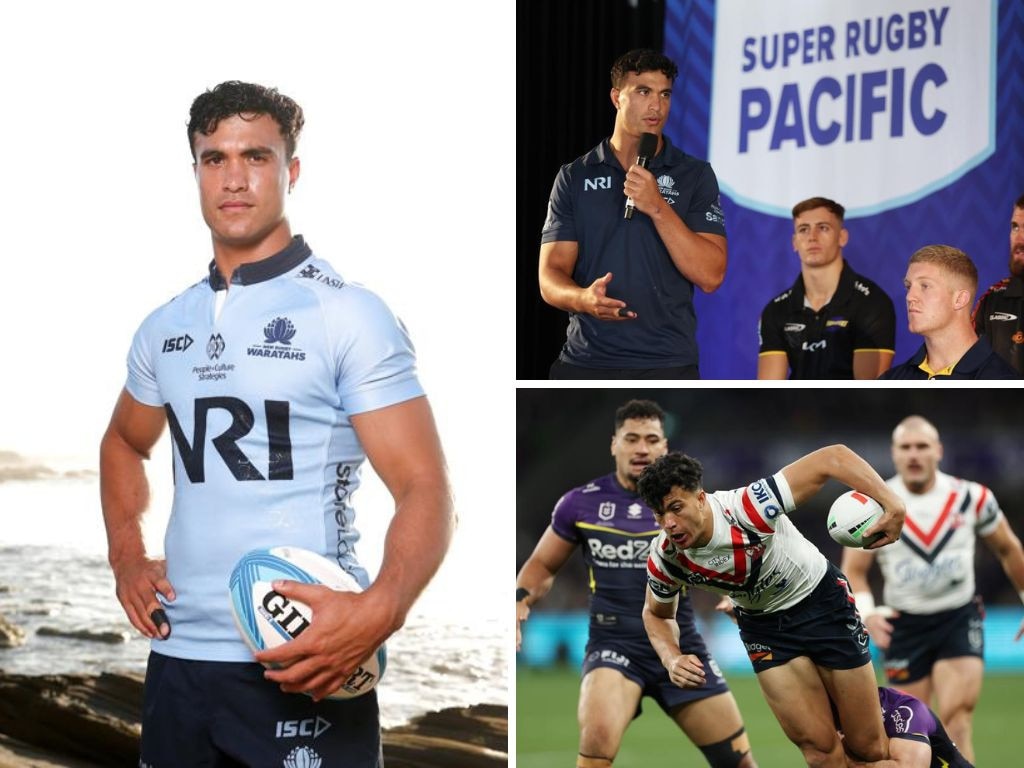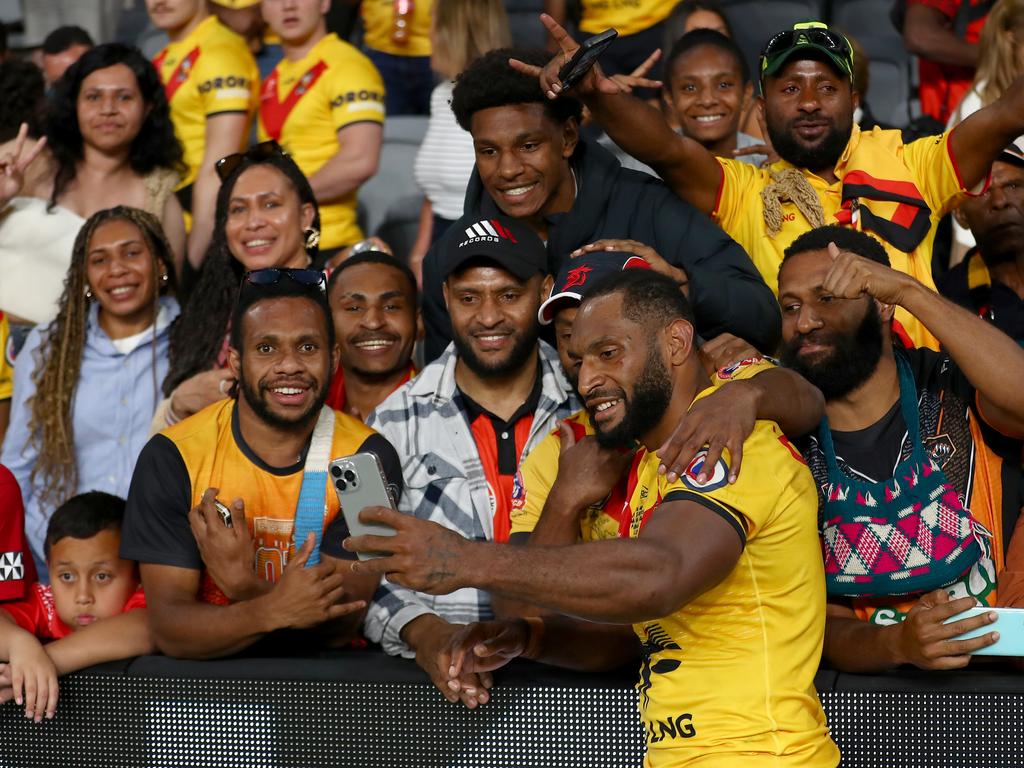If Sam Kerr was a male superstar, like Pat Cummins, Nathan Cleary or Patrick Cripps, the punishment would have been swift
If it was the Australian cricket captain, Carlton’s Patrick Cripps or Penrith’s Nathan Cleary in Sam Kerr’s position, it wouldn’t be a question of if but when they were sanctioned.
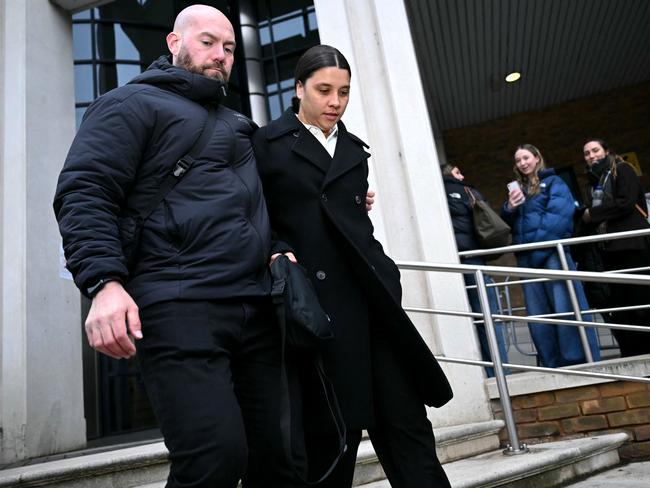
Forget about race and gender. Forget about privilege and entitlement. Forget, for a moment, that it was Sam Kerr swearing like a wharfie in that London police station in January 2023.
Imagine it was an AFL or NRL player or a cricketer who’d drunkenly spewed in the back of a cab, refused to pay for the damage, been driven to a police station as the driver sought restitution, abused police, swore at police, flashed their bank balance on their phone at police.
What would the sport’s governing body have done after all the relevant court proceedings had played out?
Let me answer that for you: it would have slapped a breach notice on the player by the end of the day, desperate to end any further reputational damage to the game.
The player would be facing a heavy fine and possible suspension. The bigger the player, the bigger the sanction.
Not if the player is Sam Kerr and the governing body is Football Australia. They prefer to burn some incense and “reflect”.
A London court earlier this week found Kerr not guilty of the racially aggravated harassment of Metropolitan Police officer Stephen Lovell.
The trumped-up charge was ridiculous, and the melodramatic hearing even more so, but the 31-year-old’s behaviour that night – most of it captured on police body-cam and played out day after day in court – clearly breaches FA’s code of conduct, which is easily accessible on its website.
If you needed proof that FA is still running scared of the Matildas captain, it was found in one sentence of its pedestrian statement loaded with corporate gobbledygook: “Football Australia will reflect with Sam on learnings from this matter and we will continue to provide appropriate support for her moving forward.”
In other words, we’re too scared to upset Australian football’s biggest name and are scrambling to work out what to do next.
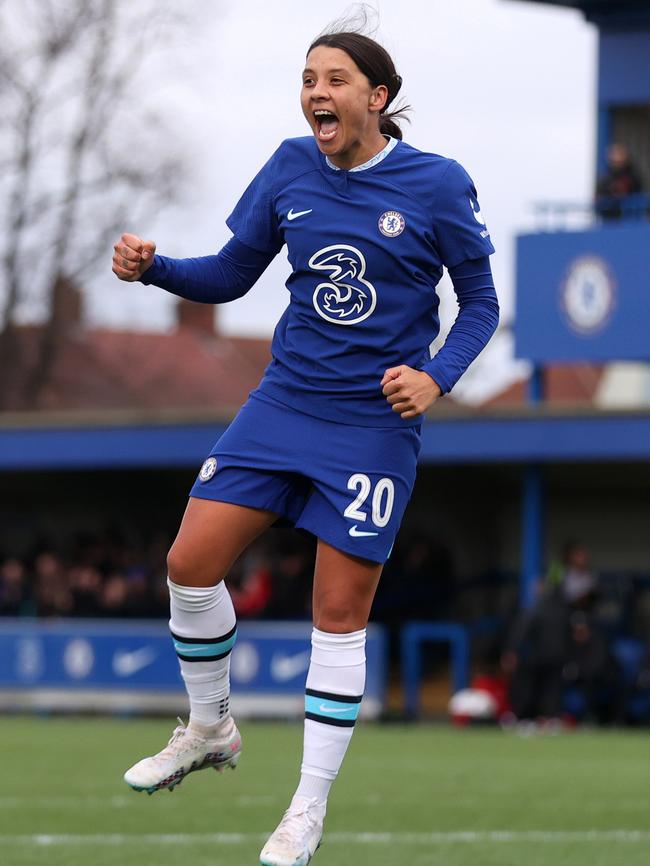
Nobody at FA is willing to answer some simple questions: will Kerr face any disciplinary action for her behaviour? What is the process from here? Is there a process? Will she be investigated? Interviewed? Something more than a meditative reflection on why the Matildas captain shouldn’t spew in cabs before unloading on poor old Bobbies trying to do their job without being taunted by a professional athlete dropping f- and c-bombs willy nilly? Since the 2023 FIFA World Cup in Australia and New Zealand, football cheerleaders haven’t shut up about the Matildas being the country’s most popular team. The people’s team. Our team. Fair enough. It was a watershed moment for women’s sport and football. But the defence of Kerr’s indefensible behaviour has been gobsmacking.
A calf injury limited her game time for the Matildas at the World Cup, but she used her platform to demand more money from the federal government.
Talk about dodging a bullet: imagine the embarrassment for the code if details of the incident in January, which neither Kerr nor her management felt necessary to tell FA about, had come to light during the World Cup? Kerr never asked to become the heart and soul of the Matildas. Her natural ability, her resilience, her ability to play injured, make it so.
It’s easy to speculate the team would’ve made it past the qualifying rounds at last year’s Paris Olympics if she was coaching instead of Tony Gustavsson.
But with such lofty status comes responsibility. If you err off the field, expect harsher punishment than the rest. Why have a code of conduct if you don’t apply it to the face of your sport?
If it was Pat Cummins, Patrick Cripps or Nathan Cleary, it wouldn’t be a question of if but when they were sanctioned.
NRL plan is cooked
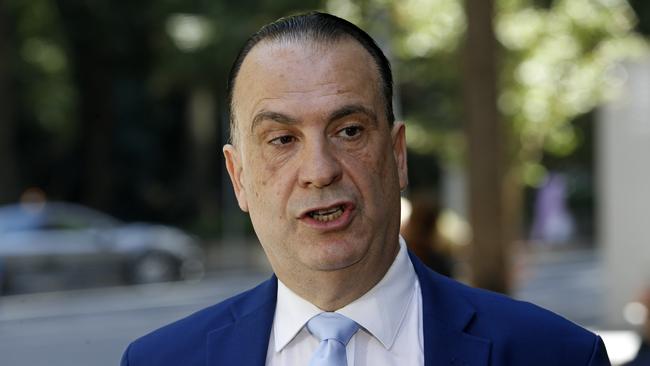
Like a balding man hanging on to the last threads atop his head, the NRL needs to stop the fight and abandon thoughts of a team in Perth. ARL Commission chairman Peter V’landys says negotiations with the West Australian government have been put on hold until after the March 8 election, which Labor and league-mad Premier Roger Cook is considered a $1.01 chance of winning.
“I have been talking to the WA Premier and I am very comfortable and confident with where we are at,” V’landys this week told The Daily Telegraph, which also reported the government would need to cough up a $120m licence fee, a $200m upgrade of HBF Park with high-performance facilities, and also throw substantial coin at grassroots footy.
Cook didn’t seem as optimistic as rugby league’s supreme leader when pressed about the comments on the campaign trail the next day.
“It’s a deal killer!” he said. “I like Peter V’landys, we’ve had great conversations, but if he thinks that Western Australians are going to be treated as second-class NRL citizens, if he thinks we’re going to see a repeat of the Western Reds, he’s got another thought coming. The deal is off.”
It’s the second time a deal has been off in three months, which is hard to fathom when you consider a WA team wasn’t long ago considered a certain starter from 2027.
Last October, ARL commissioner Peter Beattie broke the news to a consortium headed by Cash Converters owner Peter Cumins that “your bid is in the bin” after it ignored advice from Beattie to pay a licence fee.
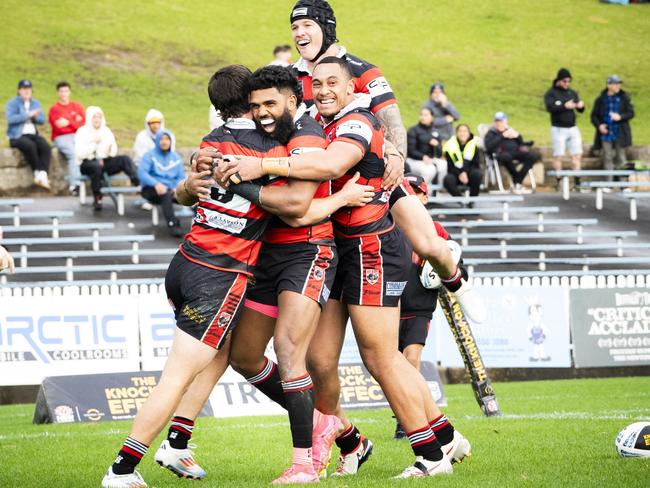
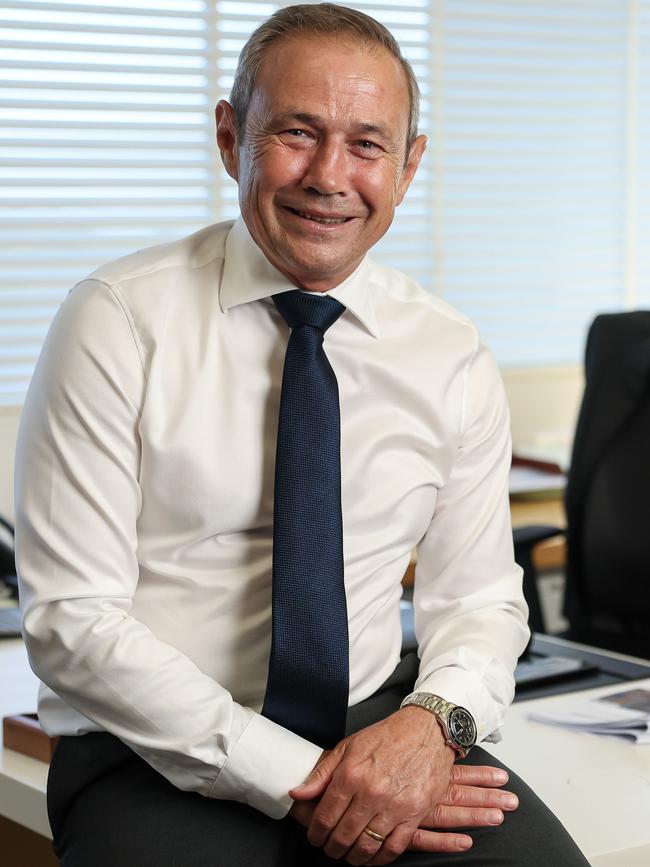
There was more to it than that: Cumins had only briefly met V’landys, let alone sat down and pitched the vision for his new franchise, while the league was also blindsided by the inclusion of new investors from Total Sports Entertainment at the 11th hour.
V’landys declared he’d work with the WA government directly, but things have evidently soured if Cook’s remarks are anything to go by.
Why should a WA team pay a licence fee when the NRL’s most recent entry into the premiership, the Redcliffe Dolphins, did not?
Simply, the Dolphins have nearly 80 years of history in a rugby league stronghold, a vast junior nursery, and the backing of a powerful, rich leagues club. A WA team can offer none of that.
The NRL wants to avoid the potential embarrassment of a new franchise entering the premiership, gobbling up the $15m annual grant given to all clubs, and then walking away when it feels like it.
A team based in Perth, which already has two very well-supported AFL clubs, carrying the name of the North Sydney Bears has always felt like a pipedream to me. It’s a franchise already burdened with an identity crisis: a shiny new team on the west coast one week, a foundation team that hasn’t played in the NRL since 1999 the next.
A third team in Brisbane’s exploding western suburbs, or a second team in New Zealand, feel like better options.
All Stars are all stars
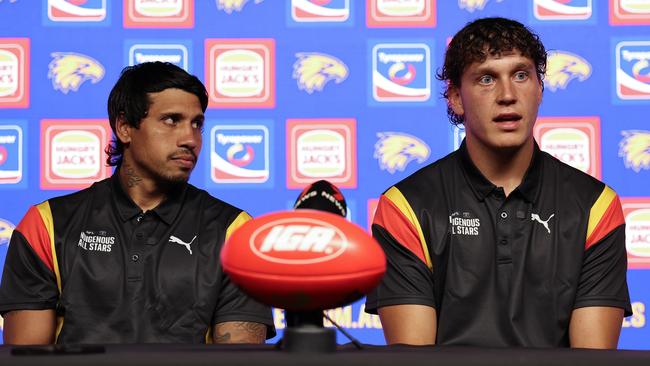
“Let’s get something clear: we’re here to f..king win,” AFL Indigenous All Stars chair of selectors Michael O’Loughlin said at the first meeting to discuss who should play in Saturday’s match against Fremantle.
Like the annual NRL Indigenous and Maori All-Stars fixture also being played on Saturday, people dismiss these games as a tokenistic, box-ticking exercise.
Try telling that to the players – and Indigenous legends such as O’Loughlin.
It’s the first All Stars game in a decade, and it’s appropriate it’s against the Dockers, who boast a remarkable AFL record with at least one player of Aboriginal and Torres Strait Islander descent taking the field during a match in 30 years.
It was only broken in round 16 last season when Alex Pearce was ruled out of the match with injury.
The match at Optus Stadium looms as an all-out running affair, although it’s disappointing it’s not on free-to-air, denying many Indigenous communities from watching. The AFL says it’s hamstrung because of its deal with Foxtel.
Majestic Mailata
Jordan Mailata’s Punchbowl-to Super Bowl fairytale will go down as one of the greatest individual achievements in Australian sport, even if it will never be recognised as such.
It’s only really comparable to WA’s Luc Longley winning three NBA championships with the Chicago Bulls alongside Michael Jordan and Scottie Pippen, or NSW’s Craig Johnston scoring for Liverpool in their 1986 FA Cup victory at Wembley.
Mailata cemented his status as the NFL’s premier left tackle in the Philadelphia Eagles’ evisceration of two-time defending champions Kansas City Chiefs in Super Bowl LIX at the Caesars Superdome in New Orleans.
Just over a decade ago, Mailata collapsed at training for one of the Canterbury Bulldogs’ junior representative rugby league teams and was diagnosed with a heart condition. His tanklike frame was his advantage as a junior but became a hindrance as he chased a professional career.
When he was 19, he weighed 142kg and most clubs figured he was too big. South Sydney offered him a one-year, $5000 deal to play for their feeder club.
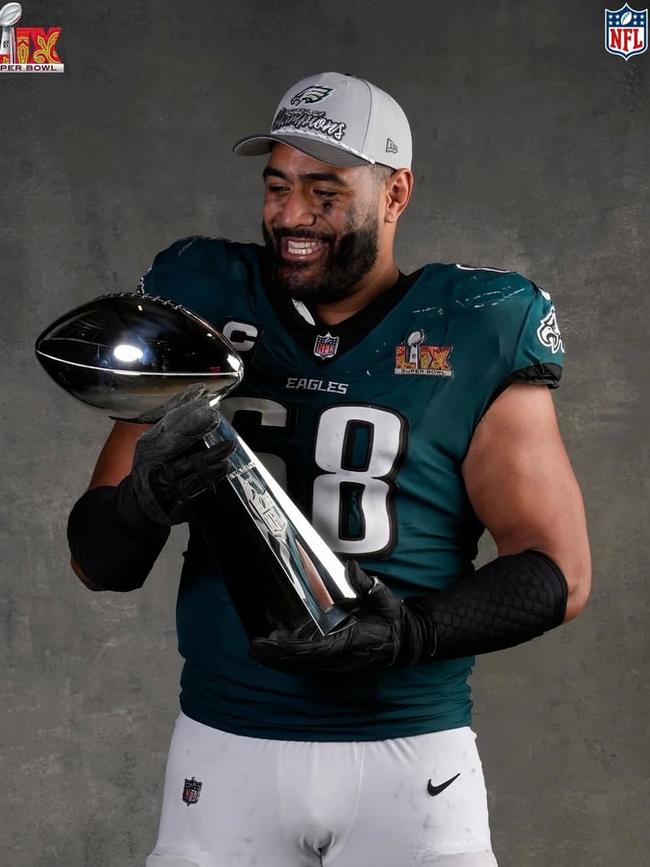
Mailata shunned it, took a chance in the NFL International Player Pathway Program, found his way onto the Eagles’ 53-man roster in a sport he had never played before, played in a Super Bowl in 2023 and two years later won it.
Not as a token player, but in the specialist position of left tackle. If you don’t understand American football, you won’t understand how significant this is.
His success underlines a point already made in these pages: how did the NSW government blow its chance to host NFL matches in Australia from next year?
Funding given to Destination NSW for the bid was mysteriously pulled at the 11th hour, meaning the Minns government served up the three matches to Victoria and the MCG.
The Eagles’ win meant Western Sydney suburbs like Bankstown and Condell Park, where he went to school, were thrust into the news cycle for the right reasons. Not far from there is the best rectangular football stadium in the country with a capacity of more than 80,000 fans. I’m not much of a fan of decaying Accor Stadium mostly because the roads around Sydney Olympic Park turn into the Bermuda Triangle for any event that attracts a decent crowd. But the MCG looms as a disaster for these NFL matches.
An artist’s impression of what the 110m x 48m American football pitch would like in the middle of the vast ground published by The Australian told the story.
What hasn’t been explained is how anyone sitting in the first 10 rows will see what’s happening on the field through the thick forest of players, coaches, physios, media and staff who patrol both sidelines.
Some have cast doubt on the matches happening because of these logistical concerns, although this sounds more like wishful thinking from those licking their wounds about not securing the rights.


